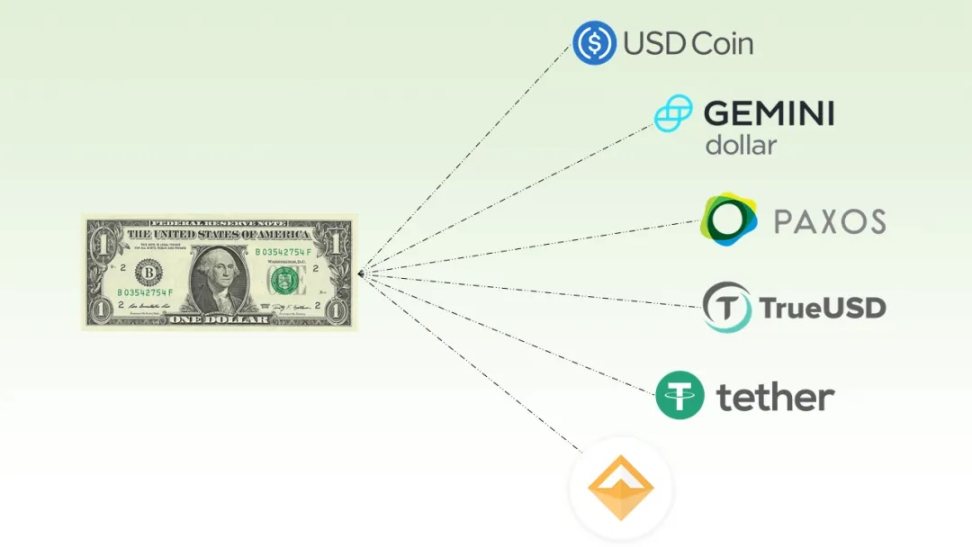Author: Daniel Kuhn Compiler: far, Centreless

The Bank for International Settlements said that stablecoins are not money.
The institution, sometimes called the "central bank of central banks," pointed out in a report released on Tuesday that digital assets pegged to fiat currencies failed to pass the "three key tests" required to make them the backbone of the monetary system: singleness, resilience and integrity.
In its annual report examining next-generation finance, the BIS said: “It remains to be seen what role innovations such as stablecoins will play in the future monetary system. But they perform poorly on the three desirable features of sound monetary arrangements and therefore fail to become the backbone of the future monetary system.”
Stablecoins do have some advantages — such as programmability, pseudo-anonymity and “friendly onboarding for new users,” according to the report’s authors. In addition, their “technical characteristics mean they may offer lower costs and faster transaction speeds,” especially for cross-border payments.
However, compared to central bank-issued currencies and instruments issued by commercial banks and other private sector entities, stablecoins could pose risks to the global financial system by undermining governments’ monetary sovereignty (sometimes through “hidden dollarization”) and facilitating criminal activity, the authors said.
While stablecoins have a clear role in on-ramps and off-ramps in the crypto ecosystem and are increasingly popular in countries with high inflation, capital controls, or difficulty accessing dollar accounts, these assets should not be treated like cash.
Three key tests
Specifically, stablecoins fail the resilience test due to their structural design. Taking USDT issued by Tether as an example, this stablecoin is backed by "assets of nominal equivalent value" and any "additional issuance requires full prepayment by the holder", which imposes a "pre-cash constraint".
In addition, unlike central bank reserves, stablecoins do not meet the "singleness" requirement of money - that money can be issued by different banks and accepted unconditionally by everyone - because they are usually issued by centralized entities, which may set different standards and do not necessarily always provide the same settlement guarantees.
“Holders of stablecoins are marked with the name of the issuer, just like private banknotes circulated in the free banking era of the United States in the 19th century. As a result, stablecoins often trade at different exchange rates, undermining the singularity of money,” the authors wrote.
For similar reasons, stablecoins also have “significant flaws” in promoting the integrity of the monetary system, because not all issuers follow standardized know-your-customer (KYC) and anti-money laundering (AML) guidelines, and cannot effectively prevent financial crime.
Transformative Tokenization
Circle, the issuer of the stablecoin USDC, saw its shares fall more than 15% on Tuesday following the release of the BIS report. The day before, CRCL shares hit an all-time high of $299, up more than 600% from its initial public offering price of about $32.
Despite the concerns expressed by the BIS, the organization is still optimistic about the potential of tokenization, believing that it is a "revolutionary innovation" in areas ranging from cross-border payments to securities markets.
"A tokenized platform with central bank reserves, commercial bank money, and government bonds at its core can lay the foundation for the next generation of monetary and financial systems," the authors wrote.
 Weatherly
Weatherly





